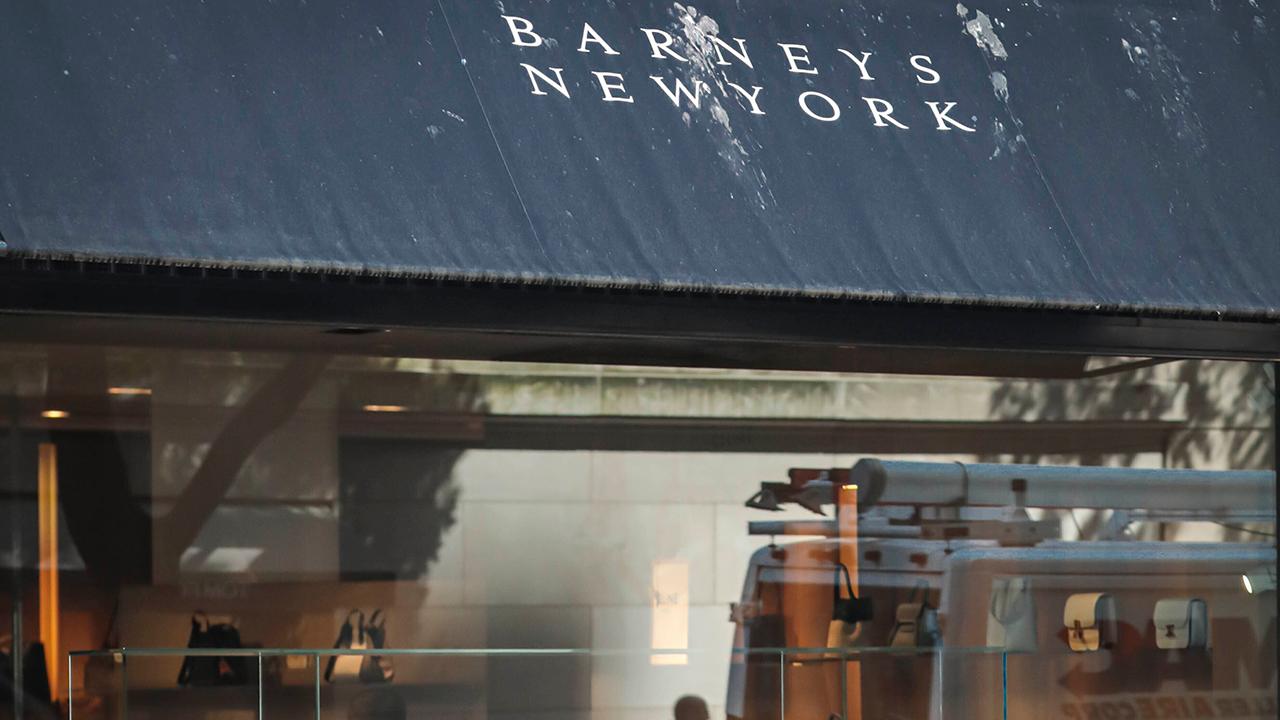Barneys bankruptcy: Where is luxury shopping going?
Iconic American retailer Barneys, know for selling high-end products, filed for Chapter 11 bankruptcy protection on Tuesday.
The filing makes Barneys New York the latest casualty of Fifth Avenue's high-priced real estate. Like many of the luxury retailers before them, the stalwart of New York fashion will shed many of its brick-and-mortar stores.
Currently, the retailer plans to keep only five of its 10 signature stores open -- New York’s Madison Avenue, downtown Manhattan, Beverly Hills, San Francisco and Boston’s Copley Place. It will also maintain its Barneys Warehouse stores in New York's Woodbury Common and Livermore, California.
However, it will close stores in Chicago, Las Vegas, and Seattle, five concept stores and seven Barneys Warehouse stores.
Since announcing its reduction plan, the retailer has raised $75 million to support a sale process.
Like Ralph Lauren, Henri Bendel, Saks Fifth Avenue and Lord & Taylor before it, the retailer cited a changing retail production model that emphasizes online sales as the reason for the shift. Earlier this year, Lord & Taylor announced their flagship’s sale to WeWork and partner Rhône Capital for $850 million at 424 Fifth Avenue for makeshift office space.
Rent at its Madison Avenue flagship skyrocketed from roughly $16 million to about $30 million in January, draining nearly all its earnings before interest, taxes, depreciation and amortization. Real estate investment firm Ashkenazy Acquisition has owned the store since 2001 and also purchased its Beverly Hills, California store from Isetan.
"Like many in our industry, Barneys New York's financial position has been dramatically impacted by the challenging retail environment and rent structures that are excessively high relative to market demand," Barneys CEO Daniella Vitale said in a statement.
E-commerce retailers like Shopbob, Moda Operandi and Net-a-Porter offer consumers a more convenient alternative to store browsing, without overhead costs. Analysts have also pointed to generational shifts in money-spending. According to Deloitte’s Center for Consumer Insight, millennials, representing the largest consumer group with 83.1 million people, are turning to online shopping.
Barneys stayed afloat by promoting online sales and renting space in its brick-and-mortar stores to designers, like Goyard. During Vitale’s tenure, the company has grown its online sales to $200 million from around $18 million and reduced its reliance on stores. While the store was made famous for featuring men’s designers like Giorgio Armani, the retailer does not make a commission on renting space to these designers.
CLICK HERE TO GET THE FOX BUSINESS APP
According to reports, Barneys also had plans to expand its internally-owned restaurant Fred’s and open a luxury cannabis shop, but overwhelming expenses from the stores shut down both endeavors.
The retailer denied claims of downsizing earlier this year, after first filing for bankruptcy following the fallout from its previous Japanese owner Isten – again over rent. They dodged filing again in 2012 when Richard Perry’s Perry Capital acquired the company through a $540 million debt-for-equity swap. Perry closed the fund in 2016, but his designer wife, Lisa Perry, was still able to exclusively sell in the stores.

